The Multilayered Benefits of Writable Surfaces
Key Points
-
Writable surfaces, when combined with good pedagogical practices, can catalyze authentic and collaborative learning experiences.
-
Writable surfaces can have surprising effects on both movement and mindsets.
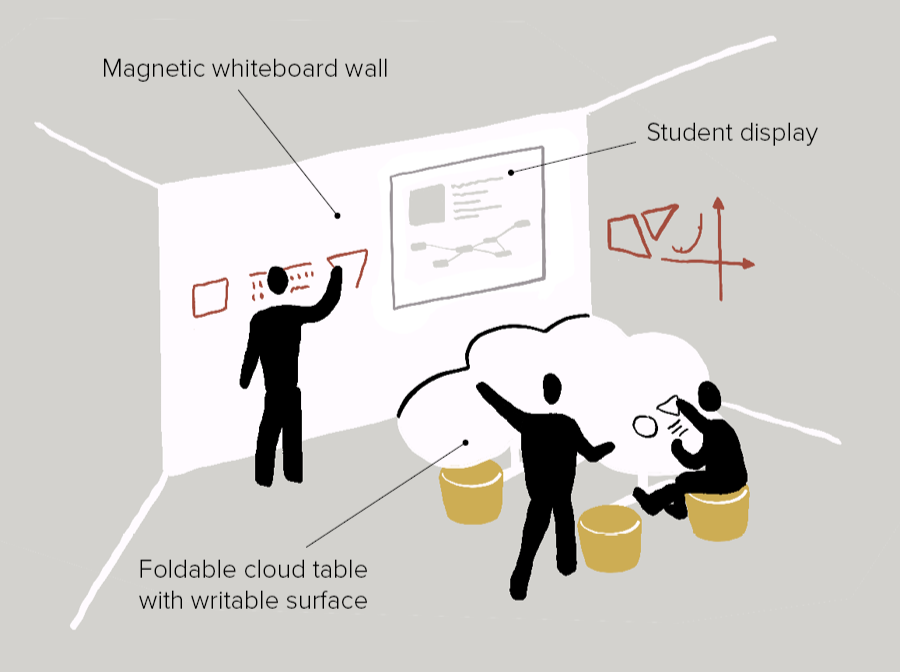
By: Nathan Strenge
About a decade ago, I had the opportunity to teach Upward Bound high school students math through a summer program at St. Olaf College. The classroom I was stationed at was down the hall from the President’s Office; it had been recently built and was surprisingly simple. Simple seats, simple tables, and a simple tech podium that communicated with a simple mounted projector. The most extraordinary thing about the space was that all four of the walls were floor-to-ceiling writable surfaces.
It’s hard to convey how big of an impact the writable walls had on learning and class dynamics. I could project a challenging Algebraic modeling prompt, an image requiring spatial reasoning, a complex logic puzzle, really whatever sparked deeper thinking and problem solving, and then send the kids to go “work it out” on the walls. Sometimes they would work alone and sometimes in pairs or small groups; it was powerful to see how the writable walls became an element that fostered critical thinking, collaboration, and communication.
It was commonplace for someone to get stuck in the middle of working something out – I would observe them as they would think independently for a while, and if they couldn’t quite crack it, begin to saunter around the room seeing how others were handling the situation. Kids would organically start asking each other questions and sharing how they were approaching the problem, troubleshooting different methods, and finding solutions that worked (or in many cases, solutions that didn’t work). We would do activities where kids needed to describe their problem-solving approach in words on the walls and then rotate to read others and give feedback both on the mathematical reasoning as well as how the other communicated their reasoning.
We overtly welcomed mistakes as part of the learning process, and when kids could see each other’s mistakes visually on the walls, it began to break down some of the fear I’ve heard many kids express about not wanting to be wrong and therefore not challenging themselves.
Nathan Strenge
We overtly welcomed mistakes as part of the learning process, and when kids could see each other’s mistakes visually on the walls, it began to break down some of the fear I’ve heard many kids express about not wanting to be wrong and therefore not challenging themselves. In a very short time, the writable surfaces helped cultivate a culture of growth mindfulness, even overcoming the negative feelings many of the kids had towards math and sometimes school in general. In addition to the deep learning that I was seeing happening before my eyes, at the end of the summer, more than one of the students thanked me for how much they got to get up out of their chairs and move around in my class. Others told me that in the past they hated going to math because it made them feel stupid and alone, and now they had a different belief in themselves.
The floor-to-ceiling writable surfaces weren’t the only reason those kids experienced success that summer, but they sure did provide an enriching environment for the kind of deeper learner, relationship-centered experiences that I strived to provide as a teacher.
Today, in my role as a Senior Learning Designer at Fielding International, I am encouraged when I share the writable surfaces design pattern with kids and teachers around the world, and the universal response is, “yes, we need that!” You’ll see in the pictures below how they can work in different spatial contexts, and you can begin to imagine ways to bring writable surfaces to your school. If you’d like to check out the writing surfaces pattern in detail, you can find it here.
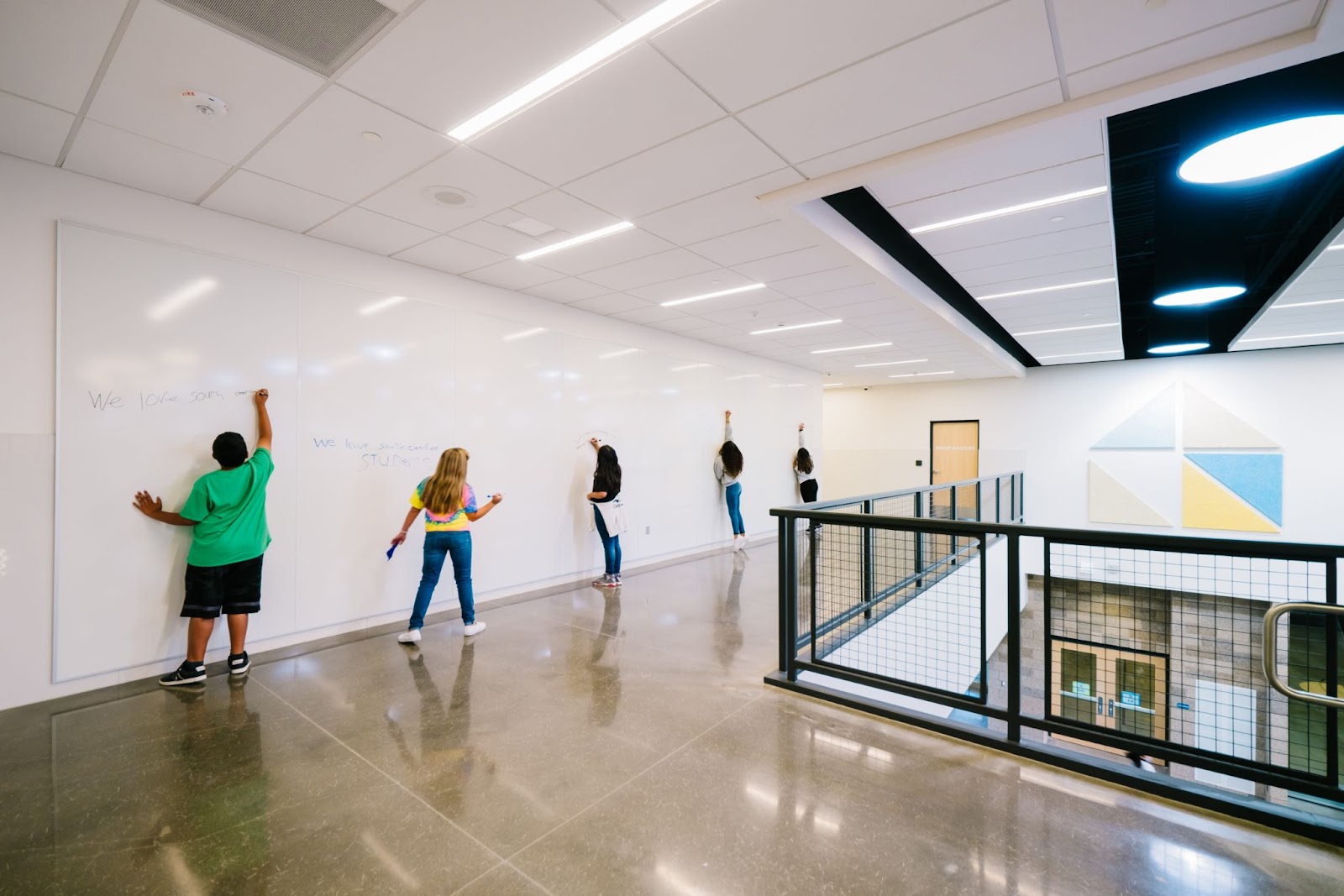
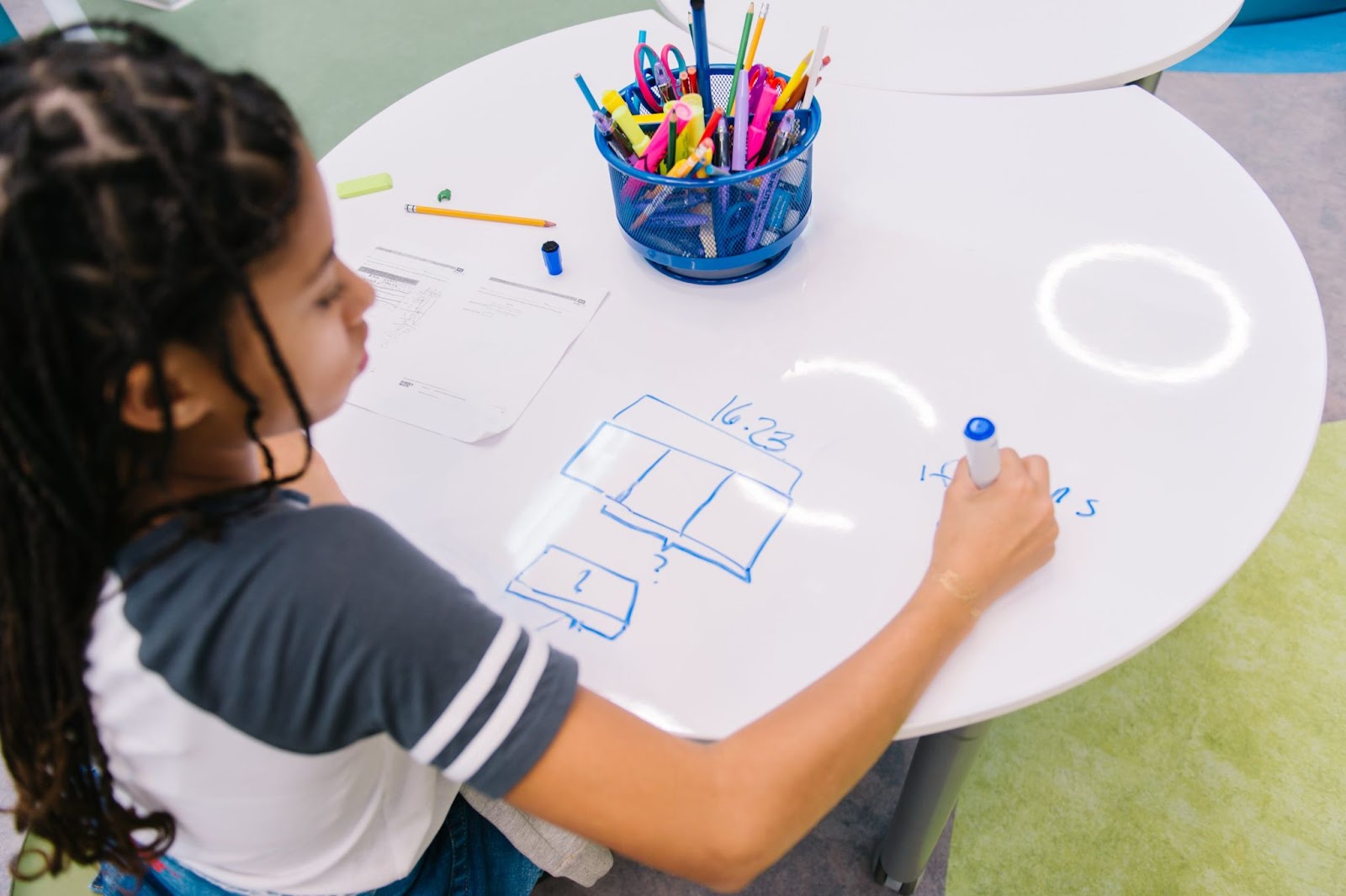
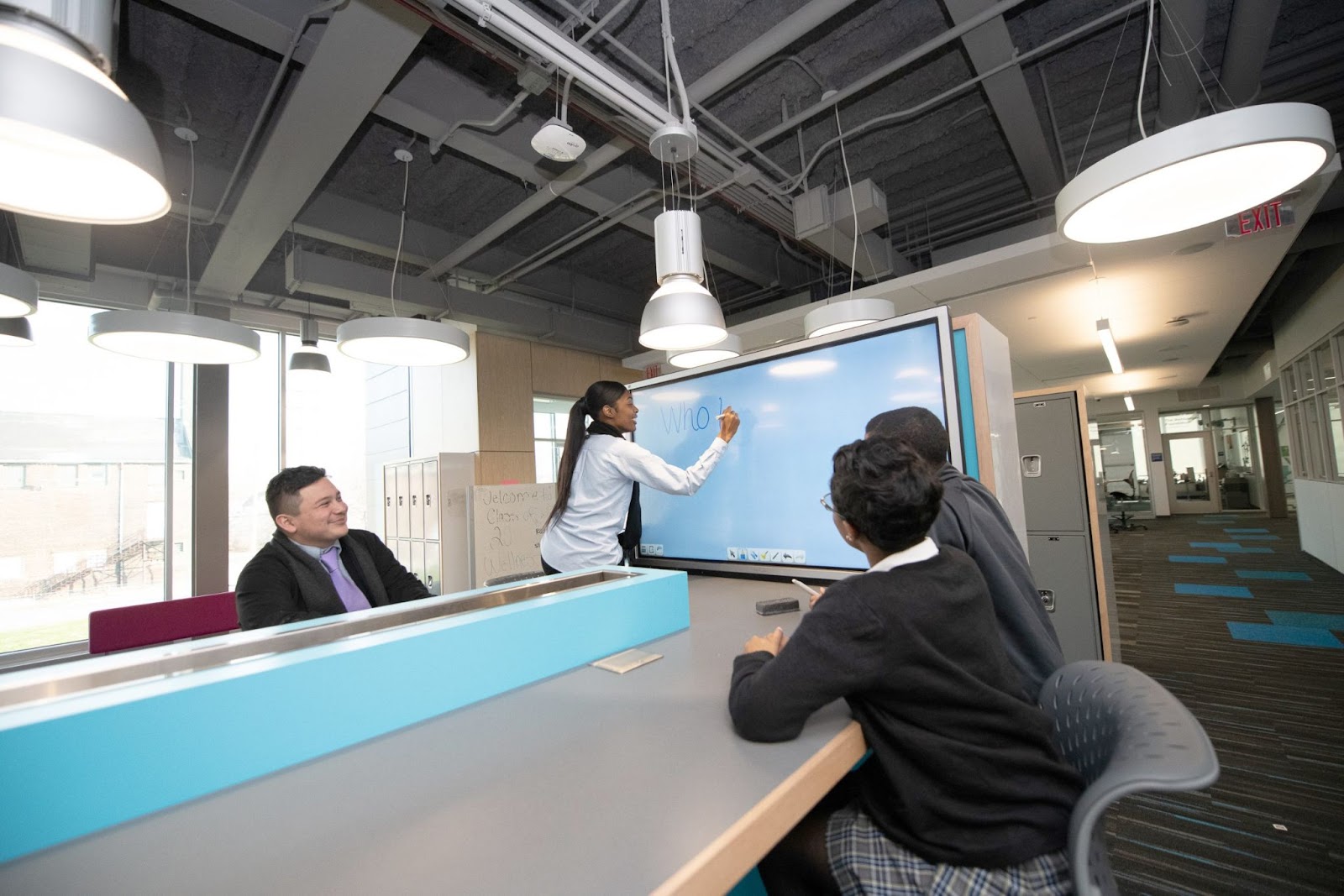
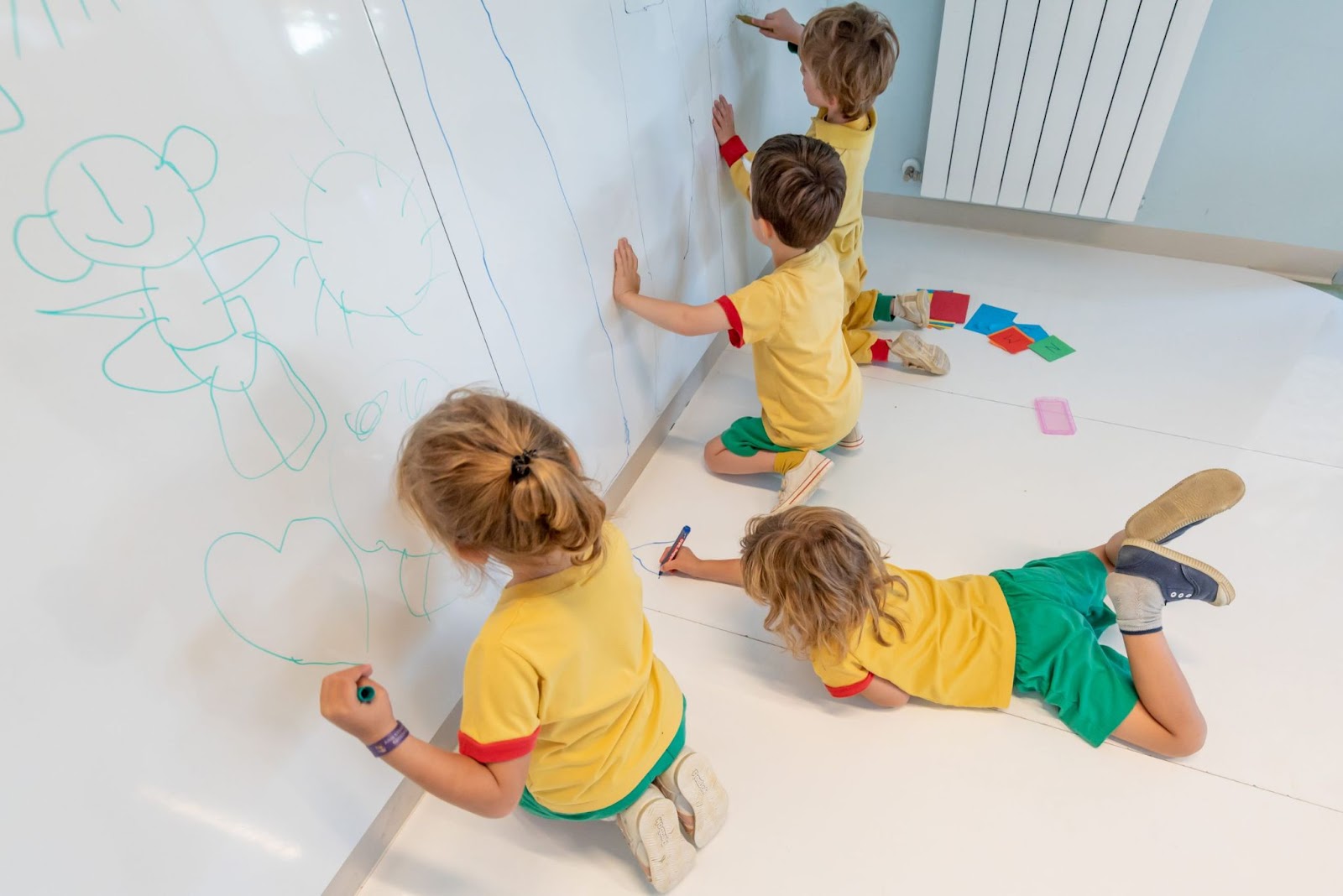
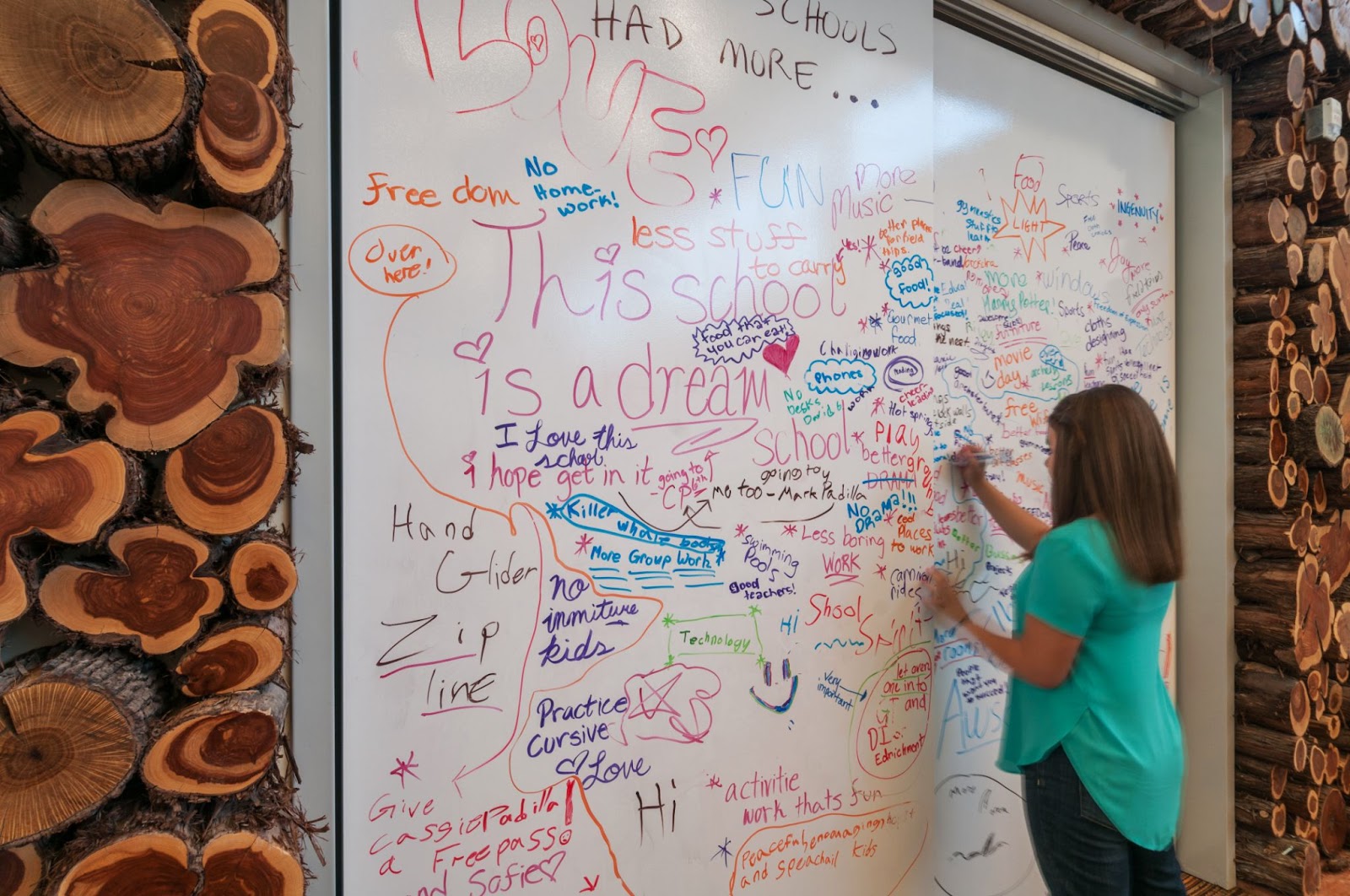
Nathan Strenge is a Senior Learning Designer at Fielding International, where he works with school communities around the world to create environments that foster creativity, collaboration, wellness, and belonging. Nathan serves as the USA Country Lead for Finnish nonprofit HundrED, a globally-recognized leader in education innovation. Nathan is also a co-founder of Exploration High School, a public school for public good, that opened in 2021 in Minneapolis. He can be reached at [email protected].




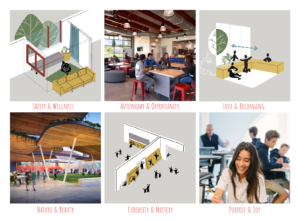
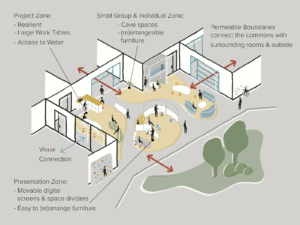
0 Comments
Leave a Comment
Your email address will not be published. All fields are required.